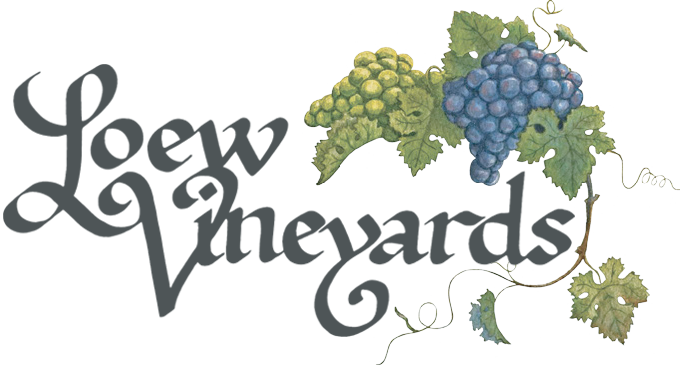A Sparkling Wine Journey
Some of the most memorable wines I’ve tried throughout my life in wine have been unique sparkling wines.
I never truly anticipated launching a series of sparkling wines in my career as a winemaker, mostly because we’ve never produced or sold sparkling wines before. It was never even something that we talked about as a family. Well, here we are. This May, on Mother’s Day (May 12th, 2024), we are launching the first ever commercial production of sparkling wines called the Festive Series from Loew Vineyards. Each of these three sparkling wines are unique in their own way and have a special meaning.
Let’s start with the sparkling rosé, Chaya (think of the word challah when you pronounce this word, or some people don’t pronounce the “c” at all). Have you ever heard of the phrase, “L’chaim”? In Hebrew it means, “to life” and is often used when toasting to something special. Chaim is the masculine form of the word life, while Chaya is the feminine. It happens to be my great-grandmother’s Hebrew name and is now the namesake for a couple of my cousins as well. While rosé is a wine that is used often for a start of a meal or when welcoming others into your home, Chaya’s balance of elegance with fruit is the ultimate dinner party sparkling rosé.
Simcha is one of the most unique sparkling white wines I’ve ever encountered (think again of the ch in challah or pronounce it without the “c”). To provide context, I have to start out with a story. In 2017, when I was working as a wine distributor, I had the opportunity to meet and work with a biodynamic winemaker from Oregon. During our car ride we talked about mead and my family’s history. After a few minutes she mentioned of once trying a Champagne where the wine was tiraged (the dose of sugar + yeast to bottle ferment) with honey instead of sugar. The idea stuck with me. I’ve searched for that Champagne producer for years. In fact, each winemaker that I’ve talked to about this idea also mentioned hearing about a Champagne that was tiraged with honey instead of sugar. No one has been able to find it. At this point, it’s an urban legend. So, with a small amount of extra Chardonnay from the 2022 vintage, I decided to experiment and see if it was possible. It was. Simcha, in Hebrew means “joy” or “gladness,” often used to describe a good feeling—how I felt when I tried this wine for the first time.
Last but not least, is Mazal. My first exposure to dry sparkling red wine was in the Loire Valley in 2014. My host family and employer for the vineyard I worked at in the Loire, invited a young and creative winemaker, named François, over for an evening to showcase a few of his wines to a cavist (wine purveyor) who wanted to purchase wines for his store in Central France. François brought with him his sparkling Cabernet Franc. As a 21 year old, who only knew of Cabernet Franc as a variety you treat seriously—with barrel aging and discernment, I was skeptical. That wine is one of a few that “changed my life in wine.” It was dry, fruity with a hint of black pepper and just beautiful. In fact, I kept a journal of my time in France and three pages were dedicated to François and his sparkling Cabernet Franc. Over the past decade I have tasted two more inspiring examples of dry sparkling red wines—one from Austria and the other from Italy. They were glorious. This wine, Mazal, was the most difficult to make for many reasons and needed the most “luck.” Mazal in Hebrew means luck. If you’ve heard of the phrase Mazal Tov, it is often used to say “good luck” or congratulations. I may have needed a LOT of luck to create this sparkling red wine, but, it’s turning out to be just as beautiful as I hoped.
What a journey it has been with this project.
L’chaim.

